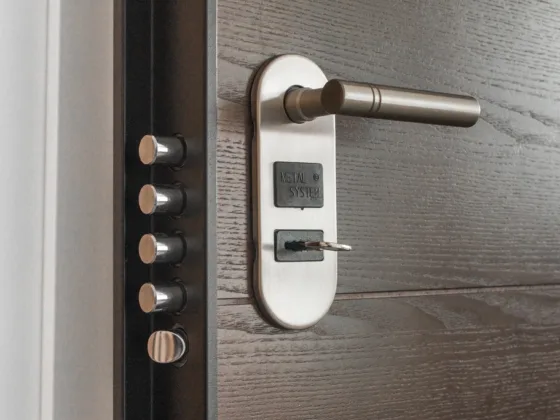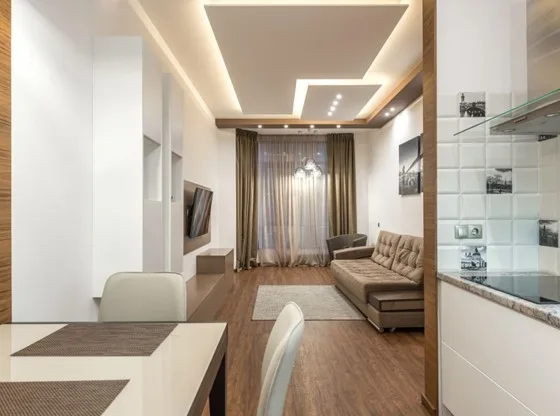When it comes to home renovation projects, budget overruns and variances are the norms, and it has little to do with the arduous nature of the task itself, and everything to do with how bad most people are when it comes to estimating.
Amidst the emotions and excitement of planning the nitty gritty aspects of the perfect personal space, it is easy to lose track of the budgets, plans, and timelines.

It is, however, absolutely imperative that homeowners make the effort to estimate costs, and set a budget before taking the plunge.
In this article, we discuss some tried and tested best practices for executing a successful home renovation project within budget, While answering common questions such as ‘should I plan for contingencies?’, ‘what type of variances can I plan for, and more.
1. Research Prices from Multiple Sources
Estimations often go wrong or fail to reflect reality owing to the outdated nature of information sources, which makes it essential to ask for quotes and check prices from multiple sources.
This includes taking estimates from multiple designers, general contractors, and suppliers, along with data from different websites, and sources to arrive at an ideal price point that best reflects current prices.
This process should essentially go hand in hand with the initial design phase, but need not result in inclusions, exclusions, or final decisions being made.
For the time being, this should only serve to get a feel of the prices and build a database reflecting accurate prices, from where omissions, additions, and substitutions can later be made based on priorities, and other critical factors.
2. Set Goals & Priorities
Having a clear goal in mind is critical, but it is almost never feasible to make the whole of it a reality. A successful planning process involves plenty of giving and takes, based on the budget, and priorities.
In order to stay within the budget, it remains absolutely essential to maintain, not just an end goal, but priorities, what needs to be done now, versus, what can be put off to later during the year.
There are certain aspects of the remodeling process where it makes sense to go for the best, for example, a bed frame is a long-term investment, and splurging on a good quality one, while cutting back on the excessive decorative pillows, or comforters will be the right course of action.
Planners will have to ask themselves what they are willing to compromise on, what remains critical, etc.
3. Plan for Uncertainties
It goes without saying that all plans need to account for factors beyond our control, and in some cases, beyond our power to resist an impulse purchase.
Based on the plans, and initial price estimates, it is best to include margin, or additional cushioning to deal with the uncertainties. This can include anything from time delays resulting in higher labor costs to unintended damages that require fixing.
It is at this point that most homeowners should explore options for loans or lines of credit. While most banks do provide home improvement loans, the process of realizing this is often a lot more drawn out than they make it seem, but new-age fintech services such as SoFi banking should provide a more hassle-free experience.
4. Track Variances
The key reason why budgets go ignored is the lack of effective tracking and optimization. While working on a remodeling project, the budget has to be consulted at every turn, and realized costs for each aspect must be tracked against the estimate, with the variances noted down.
Ideally, these variances should be dealt with by either delaying certain priorities or opting for cheaper alternatives and substitutes.
Keeping a tight leash on the budget and variances can go a long way in coming in within, and sometimes even under budget.
Staying on top of variances also helps in getting better when coming up with estimates in the future. While a simple spreadsheet should do the trick, there are a number of dedicated apps that make this a lot easier to keep track of and work with such advanced budgeting practices.
Final Verdict
Home renovation projects are daunting but can be just as rewarding, and with the right approach, this can be an incredible learning experience, which can be transferred to other areas of personal finance, and family expense management.










